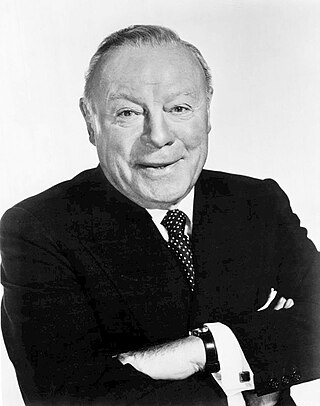
Edmund Gwenn was an English actor. On film, he is best remembered for his role as Kris Kringle in the Christmas film Miracle on 34th Street (1947), for which he won the Academy Award for Best Supporting Actor and the corresponding Golden Globe Award. He received a second Golden Globe and another Academy Award nomination for the comedy film Mister 880 (1950). He is also remembered for his appearances in four films directed by Alfred Hitchcock.

Hugh Anthony Glanmor Williams was a British actor and dramatist of Welsh descent.
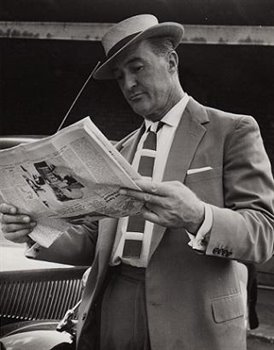
Peter Ewen Solon was a New Zealand-born actor, who worked extensively in both the United Kingdom and Australia.

John Loder was established as a British film actor in Germany and Britain before migrating to the United States in 1928 for work in the new talkies. He worked in Hollywood for two periods, becoming an American citizen in 1947. After living also in Argentina, he became a naturalized Argentinian citizen in 1959.

Henry Stephenson was a British actor. He generally portrayed amiable and wise gentlemen in many films of the 1930s and 1940s. Among his roles were Sir Joseph Banks in Mutiny on the Bounty (1935) and Mr. Brownlow in Oliver Twist (1948).

Lured is a 1947 American film noir directed by Douglas Sirk and starring George Sanders, Lucille Ball, Charles Coburn, Sir Cedric Hardwicke, and Boris Karloff. The film is a remake of 1939 French film Pièges directed by Robert Siodmak, which was titled Personal Column in the United States; Personal Column was also the title of this film as originally released. It did not enjoy good business under that name – the code administration was concerned that some people thought the film was titled "LURID", so United Artists pulled it from distribution, and subsequently re-released it with the alternate title.
Forrester Harvey was an Irish film actor.

Cottage to Let is a 1941 British spy thriller film directed by Anthony Asquith starring Leslie Banks, Alastair Sim and John Mills. Filmed during the Second World War and set in Scotland during the war, its plot concerns Nazi spies trying to kidnap an inventor.

The Unholy Night is a 1929 American pre-Code mystery film directed by Lionel Barrymore and starring Ernest Torrence.

The Unguarded Hour is a 1936 American drama film directed by Sam Wood and starring Loretta Young, Franchot Tone and Roland Young. In England, a prominent young prosecutor in a murder trial is unaware that his wife is involved.
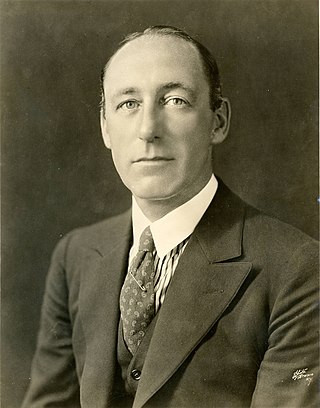
Francis Lumsden Hare was an Irish-born American film and theatre actor. He was also a theatre director and theatrical producer.
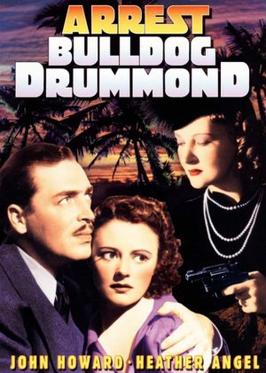
Arrest Bulldog Drummond is a 1938 American crime thriller film directed by James P. Hogan. It was the last of eight B-pictures featuring the character produced by Paramount Pictures in the late 1930s. All but the first starred John Howard as Drummond.

Meet Maxwell Archer is a 1940 British mystery film directed by John Paddy Carstairs and starring John Loder, Leueen MacGrath and Athole Stewart. The screenplay concerns a private detective who attempts to clear a man wrongly accused of murder. The film was based on the 1938 novel by Hugh Clevely. It was released in the U.S. in 1942 as Maxwell Archer, Detective.
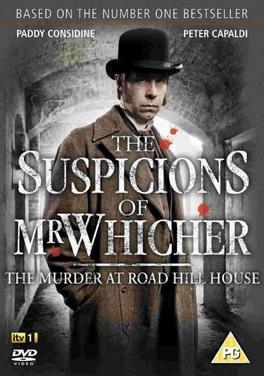
The Suspicions of Mr Whicher is a British series of television films made by Hat Trick Productions for ITV, written by Helen Edmundson and Neil McKay. It stars Paddy Considine in the title role of detective inspector Jack Whicher of the Metropolitan Police. The first film, The Murder at Road Hill House, was based on the real-life Constance Kent murder case of 1860, as interpreted by Kate Summerscale in her 2008 book The Suspicions of Mr Whicher or The Murder at Road Hill House, which was the winner of Britain's Samuel Johnson Prize for Non-Fiction in 2008, and was read as BBC Radio 4's Book of the Week in April the same year.

The Fatal Witness is a 1945 American mystery film directed by Lesley Selander and written by Jerry Sackheim and Cleve F. Adams. The film stars Evelyn Ankers, Richard Fraser, George Leigh, Barbara Everest, Barry Bernard and Frederick Worlock. The film was released on September 15, 1945, by Republic Pictures.
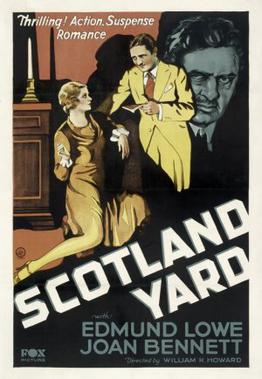
Scotland Yard is a 1930 American pre-Code crime film directed by William K. Howard, written by Garrett Fort, and starring Edmund Lowe, Joan Bennett, Donald Crisp, Georges Renavent, Lumsden Hare and David Torrence. It was released on October 19, 1930, by Fox Film Corporation. It is based on the 1929 play Scotland Yard by Denison Clift. In 1941, the film was remade under the same title.

Frederick Worlock was a British-American actor. He is known for his work in various films during the 1940s and 1950s, and as the voice of Horace in One Hundred and One Dalmatians (1961).

Shadows of Suspicion is a 1919 American silent thriller film directed by Edwin Carewe and starring Harold Lockwood, Naomi Childers, and Helen Lindroth. It is based on the 1915 novel The Yellow Dove by George Fort Gibbs, which was later remade as the 1926 film The Great Deception. Lockwood died in the 1918 flu pandemic while filming was ongoing, and a body double was required to complete the film.

The India-Rubber Men is a 1929 crime novel by the British writer Edgar Wallace. It was part of a series of books featuring the character Inspector Elk of Scotland Yard.
Hugh Vincent Moxey, was a British film and television actor. Moxey spanned his career for 40 years, where he was best remembered in supporting roles in 1950s British war films, including classics such as The Dam Busters and Sink the Bismarck!.


















